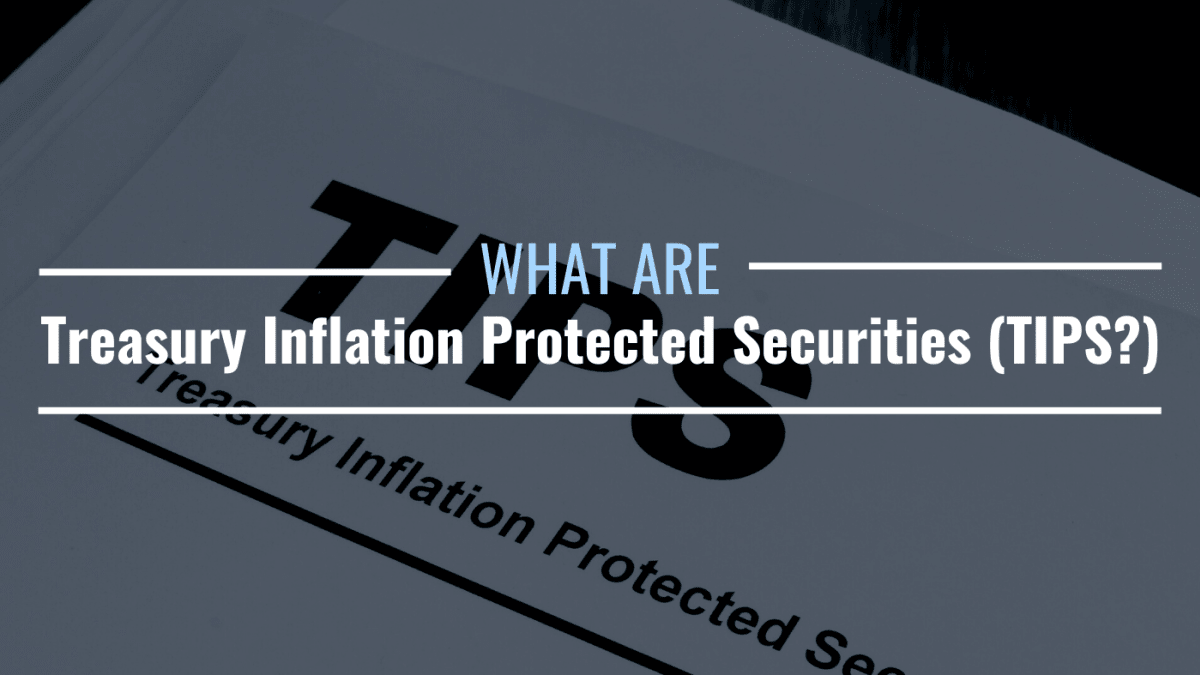TIPS (Treasury inflation-protected securities) are a type of US Treasury bond that helps investors protect against inflation. They are backed by the US government, have an inflation index, and offer investors a fixed interest rate even as the par value changes due to inflation.
Important Points to Remember
- Treasury inflation-protected securities payout in two ways: on the basis of a rise in the consumer price index (CPI) and on the basis of a yield above inflation.
- When the CPI falls, they lose value, but never to the point of being worth less than its face value.
- Until they mature, Treasury inflation-protected securities will continue to pay out twice a year.
- TIPS are available through exchange-traded funds (ETFs) and mutual funds. They pay a set rate of interest.
How Does TIPS Work?
TIPS, like regular Treasury bonds, pay a fixed rate of interest twice a year. TIPS differ from regular Treasuries in that their principal value fluctuates with inflation as measured by the consumer price index (CPI). The adjusted principle is reflected in the rate of return that investors receive.
A Case in Point
The best way to learn how TIPS work is to do it yourself. TIPS pay interest twice a year, but for the sake of simplicity, we'll look at how the bond's value changes over the course of a calendar year.
Assume the Treasury issues a $1,000 inflation-protected security with a 3% coupon and a face value of $1,000. The investor receives $30 in two semi-annual payments in the first year. The Consumer Price Index (CPI) rose by 4% that year. As a result, the face value of the note is increased to $1,040.
The investor will receive the same 3% coupon in year two, but this time it will be based on the new, adjusted face value of $1,040. As a result, instead of receiving $30 in interest, the investor receives $31.20 in interest (.03 times $1,040). In the third year, inflation falls to 2%. The face value increases from $1,040 to $1060.80, and the investor earns $31.82 in interest.
This process will continue until the bond has reached its maturity date. The TIPS payout is split into two parts: the CPI increase and the "real yield," or the yield above inflation.
Investors will receive the adjusted, higher principal or their original investment, whichever is greater when the bonds mature. As a result, even in the unlikely event of deflation, investors will never receive less than the bond's face value (falling prices).
Risks of Price Changes
TIPS may appear to be a great investment at first glance, but investors should keep three things in mind:
Deflation, or falling CPI, reduces the principal of a TIPS bond over time.
Each year, the bond's face value rises, triggering taxes, which not only reduces the bond's inflation protection but also adds to the amount of work required to file taxes. Individual TIPS bonds make more sense in a nontaxable account as a result of this.
While TIPS are not subject to credit risk (the risk that their issuer, the United States government, will default), their prices do fluctuate between issue and maturity dates.
TIPS are also extremely vulnerable to changes in interest rates. As a result, selling a TIPS before its maturity date may result in a loss. In that case, the loss of principal may far outweigh the benefit of inflation protection. If you plan to hold the bond until it matures, this isn't an issue.
If you own a mutual fund or an exchange-traded fund (ETF) that invests in TIPS, principal fluctuations are much more likely to be an issue. In that case, rising interest rates will significantly drop the fund's share price. Mutual funds, unlike individual bonds, do not have set maturity dates, so you cannot be certain that you will receive the full value of your investment.
Questions and Answers (FAQs)
What are my options for purchasing Treasury inflation-protected securities?
If you create an online account with Treasury Direct, you can purchase TIPS from the US Treasury. You can also buy them from a bank or a broker.
How are inflation-protected Treasury securities calculated?
TIPS interest is calculated every six months using the rate of inflation. You can find the issue period of security you already own on the chart at Treasury Direct to calculate its current value. Select your period from the drop-down menu, then look for your issue date in the table on the next page. To find your current value, multiply your original principal by the index rate listed.


